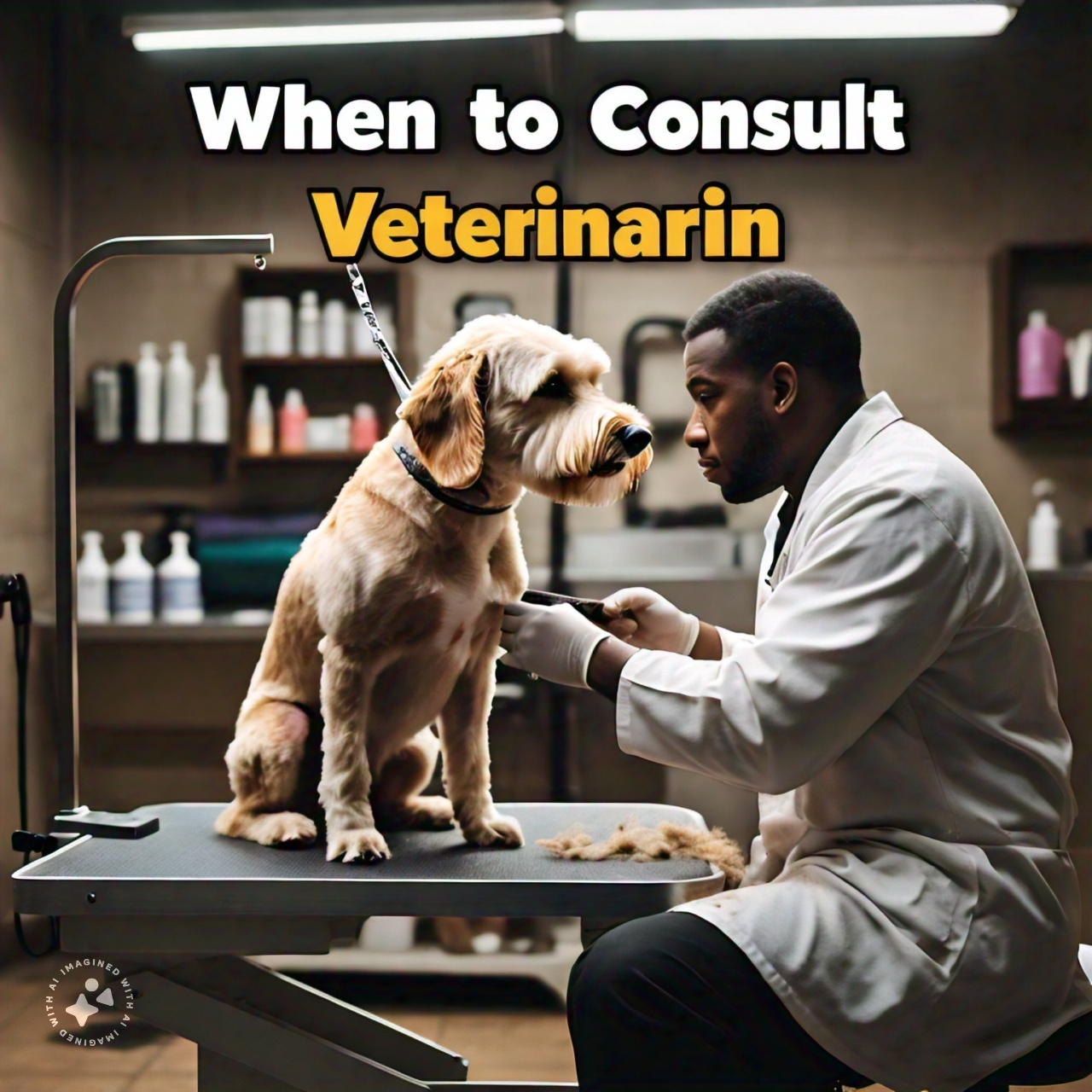Dog grooming is an essential part of responsible pet ownership, ensuring your furry friend stays healthy, comfortable, and looking their best. While routine grooming tasks can be managed at home, there are circumstances where the expertise of a veterinarian is necessary to address more serious health concerns. This essay will cover the basics of dog grooming that every owner should know, as well as outline situations when consulting a Charlottesville veterinary clinic is recommended.
Basic Dog Grooming Tips
- Brushing: Regular brushing helps to remove loose fur, prevent matting, and distribute natural oils in your dog’s coat. The frequency of brushing depends on your dog’s breed and coat type—long-haired dogs may require daily brushing, while short-haired breeds can be brushed less frequently.
- Bathing: Bathing your dog helps to keep their coat clean and free of dirt, debris, and odors. Use a dog-specific shampoo that is gentle on their skin and coat, and bathe your dog as needed—typically every few weeks to monthly. Avoid over-bathing as it can strip their coat of natural oils, leading to dryness and irritation.
- Nail Trimming: Keeping your dog’s nails trimmed is important to prevent them from becoming overgrown and uncomfortable. Use dog nail clippers or a grinder designed for pets, and trim nails carefully to avoid cutting into the quick (the sensitive tissue inside the nail).
- Ear Cleaning: Regularly check and clean your dog’s ears to remove wax buildup and debris. Use a damp cotton ball or a veterinarian-recommended ear cleaning solution, and gently wipe the outer ear—avoid inserting anything into the ear canal, as this can cause injury.
- Dental Care: Dental hygiene is crucial for your dog’s overall health. Brush their teeth regularly with a dog-specific toothbrush and toothpaste, or provide dental chews and toys that help to reduce plaque and tartar buildup.
- Grooming Tools: Invest in quality grooming tools such as brushes, combs, nail clippers, and ear cleaning supplies. Choose tools appropriate for your dog’s size, breed, and coat type to ensure effective grooming without causing discomfort.
- Monitoring Skin and Coat: Regularly inspect your dog’s skin and coat for signs of parasites (like fleas or ticks), dryness, redness, lumps, or unusual odors. Address any concerns promptly to prevent skin conditions or infections from worsening.
When to Consult a Veterinarian
While routine grooming tasks can be managed at home, there are certain situations when it is advisable to seek veterinary care:
- Skin Issues: Persistent itching, redness, flakiness, or hair loss may indicate underlying skin allergies, infections, or parasites. A veterinarian can diagnose the cause and prescribe appropriate treatment, such as medicated shampoos or oral medications.
- Ear Infections: Symptoms of ear infections include excessive scratching of the ears, head shaking, foul odor, and discharge. Ear infections can be painful and require veterinary treatment with prescribed ear drops or antibiotics.
- Dental Problems: Signs of dental issues in dogs include bad breath, swollen gums, difficulty eating, and excessive drooling. veterinarian dental services can include cleaning your dog’s teeth professionally and recommending dental care strategies to prevent oral health problems.
- Nail Injuries: Accidentally cutting into the quick while trimming nails can cause bleeding and pain. If you’re unsure how to safely trim your dog’s nails or if an injury occurs, consult a veterinarian for proper care and treatment.
- Behavioral Changes: Sudden changes in your dog’s grooming behavior (e.g., reluctance to be brushed or bathed) may indicate pain, discomfort, or underlying health issues. A veterinarian can perform Charlottesville vet X-rays or conduct a thorough examination to determine the cause of behavioral changes and recommend appropriate treatment.
- Lumps and Bumps: New growths or lumps under your dog’s skin should be evaluated by a veterinarian to rule out serious conditions such as tumors or cysts. Early detection and treatment can improve prognosis and quality of life for your dog.
- Eye Problems: Symptoms of eye problems in dogs include redness, discharge, squinting, and sensitivity to light. Eye injuries or infections require prompt veterinary attention to prevent complications and preserve your dog’s vision.
- Grooming Anxiety: Some dogs may experience anxiety or stress during grooming sessions, leading to aggressive behavior or excessive fear. A veterinarian can provide guidance on managing grooming-related anxiety and recommend behavioral training or calming techniques.
Conclusion
In conclusion, basic dog grooming is an essential part of caring for your canine companion, promoting their overall health and well-being. By incorporating regular brushing, bathing, nail trimming, ear cleaning, and dental care into your routine, you can help keep your dog clean, comfortable, and happy at home. However, it’s important to recognize when to seek veterinary care for more complex grooming issues or health concerns that require professional diagnosis and treatment. By working closely with your veterinarian and maintaining good grooming practices, you can ensure that your dog receives the best possible care throughout their life.







